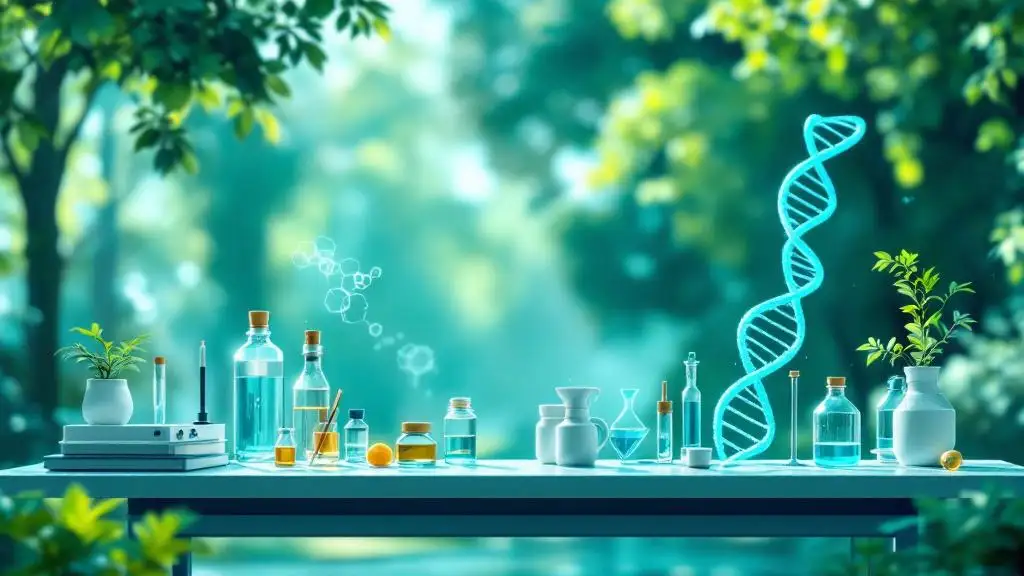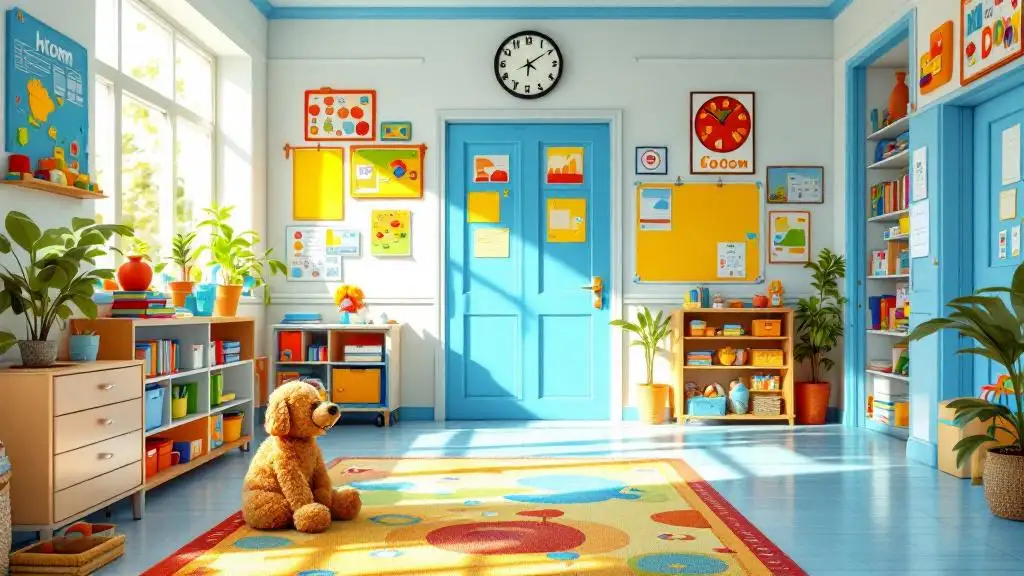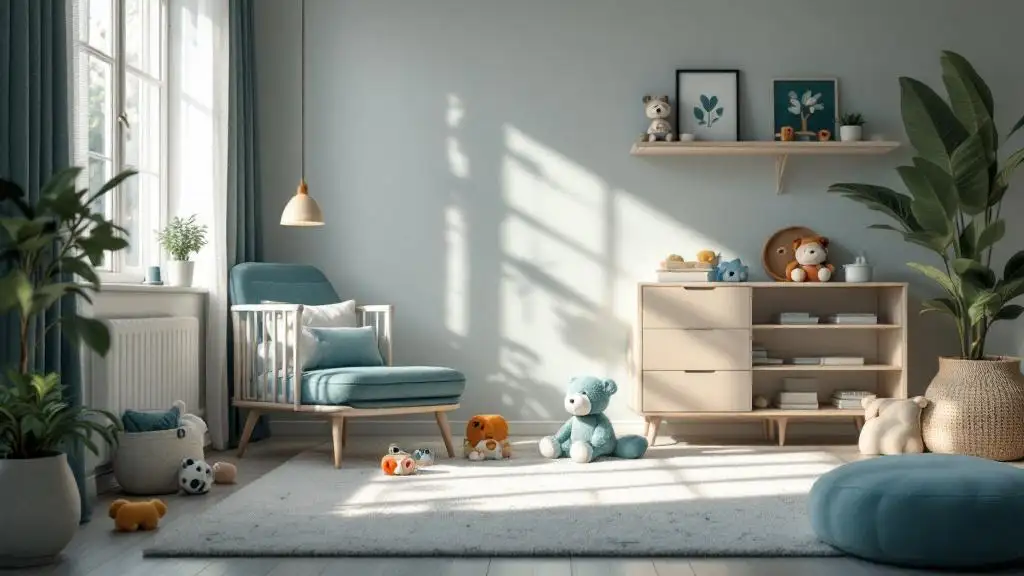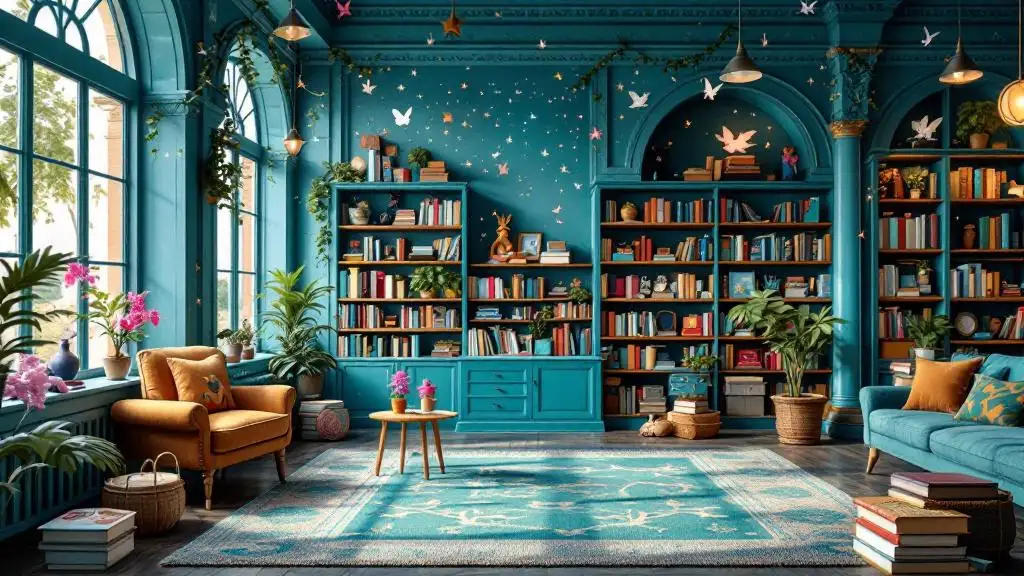What Is the Autism Creature
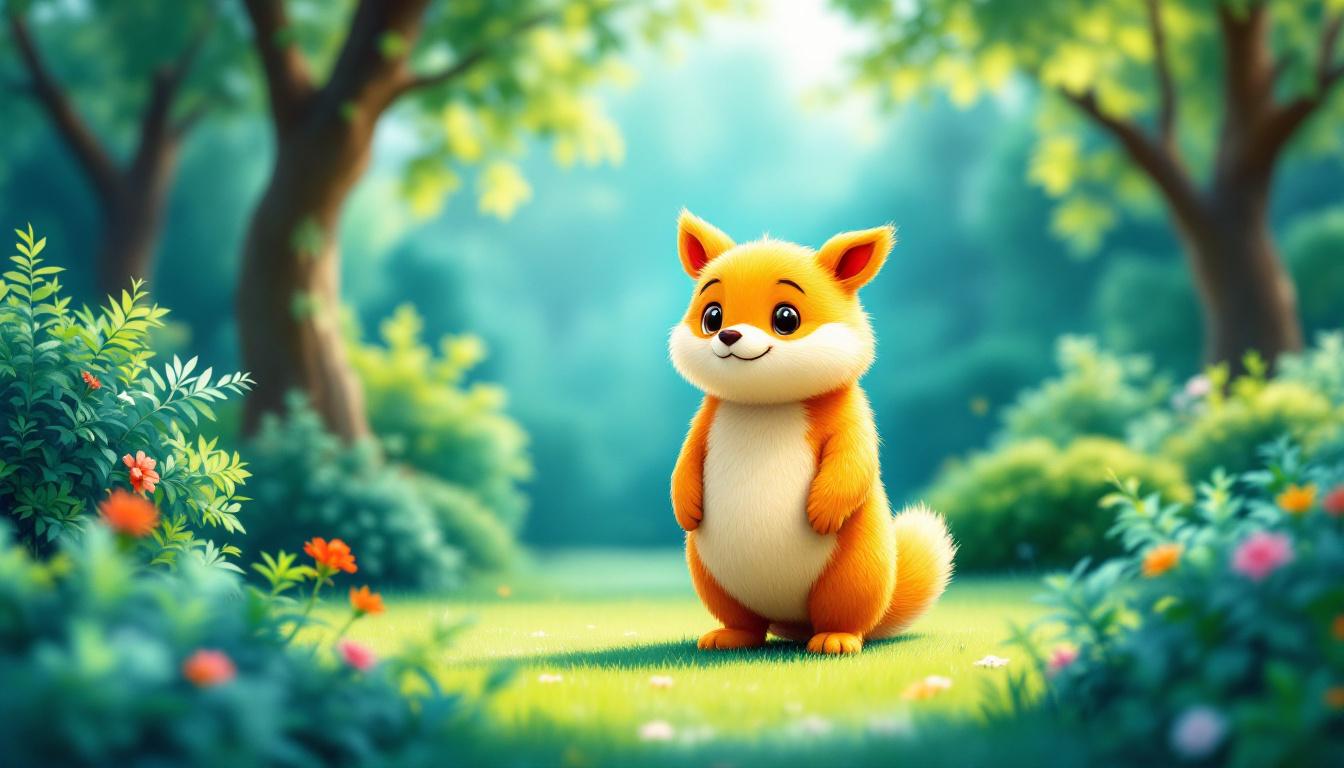
Understanding the Autism Creature: More Than Just a Meme
The Autism Creature, also affectionately known as TBH, Yippee, or Yipee, is an iconic figure within the digital and autism communities. This simple yet expressive character has transcended its origins to become a symbol of neurodiversity, acceptance, and understanding. In exploring the creature’s history, traits, cultural significance, and the debates it sparks, we gain insights into how digital culture fosters awareness and community among autistic individuals and allies alike.
Defining the Autism Creature and Its Symbolic Meaning
Description of the creature
The autism creature, often called the TBH creature or Yippee, is a simple yet expressive character that has gained recognition within online communities. It is typically portrayed as a white, four-legged creature with a large head, big black eyes, and a neutral or subtly expressive face. Its design is often minimalist, reminiscent of an MS Paint drawing, emphasizing a relatable and straightforward aesthetic.
This creature's appearance is characterized by its big, round eyes, which often serve to highlight its emotional state and add a sense of innocence or curiosity. The creature's simple form allows for diverse reinterpretations, making it a versatile symbol for different experiences and feelings.
Representation of autism traits
The autism creature has become a representation of various traits associated with autism spectrum disorder (ASD). Its exaggerated eyes and expressive features can symbolize heightened sensory awareness—a common experience among many autistic individuals. The creature's neutral expression and unpredictable movements or behaviors reflect the sensory overloads, intense emotions, and variability in behavior that some with autism encounter.
In memes and fan art, the creature is often depicted in scenarios that emphasize imaginative play, sensory experiences, or emotional intensity. These portrayals aim to normalize and give voice to the diverse ways autistic people perceive and interact with the world, fostering empathy and understanding.
Role as an awareness symbol
The character has grown beyond its original depiction to become a casual yet meaningful symbol of autism within internet culture. It acts as a non-clinical, approachable mascot that promotes awareness and acceptance. Unlike traditional symbols such as the puzzle piece or blue ribbon, the autism creature embodies both the challenges and the strengths of neurodivergent individuals.
Its widespread popularity on platforms like Tumblr in early 2022, along with memes and fan art, has helped shift conversations about autism toward a more inclusive and humorous tone. The creature's playful and non-threatening appearance makes it accessible to a broad audience, encouraging open dialogue and reducing stigma.
Cultural impact and community engagement
The meme originated from a Twitter post in January 2021, where the creature was depicted with the caption, 'I'm playing Identity V, fancy a game?' This humorous context, combined with its adorable design, spurred a wave of creative reinterpretations.
From casual internet users to artists, the mascot has inspired countless variations, often incorporating sound effects like 'Yippee,' which have been humorously linked to the creature's cheerful and whimsical nature. Its role has expanded into a symbol of pride and identity within the autism community, providing a fun, relatable, and humanized figure that celebrates neurodiversity.
| Aspect | Details | Additional Notes |
|---|---|---|
| Origin | First posted on Twitter in January 2021 | Created by @acmeiku in an MS Paint style |
| Popularity | Gained traction on Tumblr in early 2022 | Became a meme and fan art subject |
| Visual Traits | White, four-legged, large head, big black eyes | Simplistic, expressive design |
| Symbolic Role | Represents autism traits and acceptance | Serves as an informal mascot |
| Cultural Significance | Promotes awareness with humor and relatability | Contrasts traditional autism symbols |
The autism creature acts as a bridge between online humor and serious conversations about neurodiversity, encouraging both empathy and acceptance among wide audiences.
Tracing the Creature’s Origins and Evolution in Online Communities
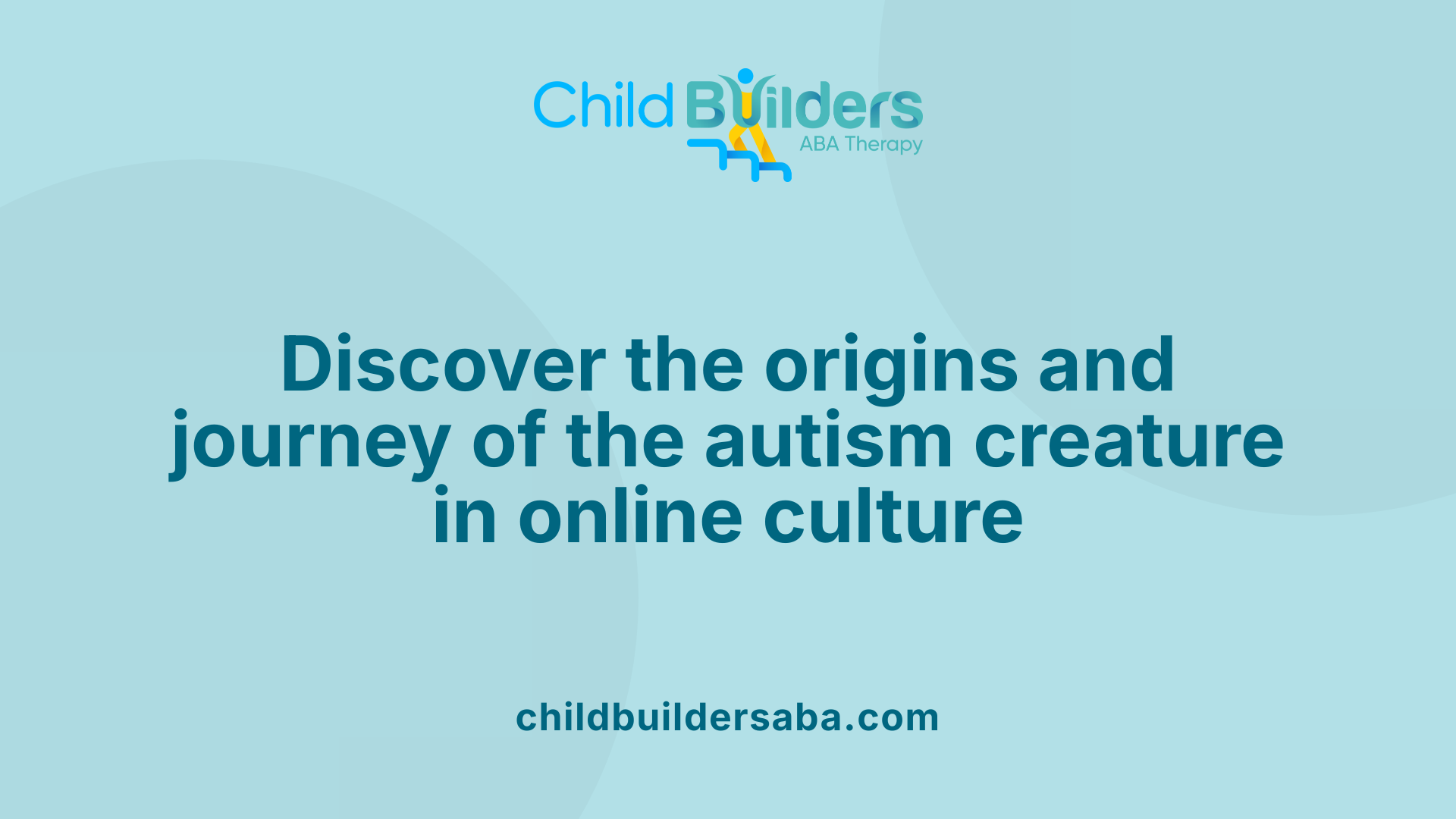
What are the origins and history of the autism creature in internet culture?
The autism creature meme, often called the TBH/Autism Creature or Yippee, emerged from online autism communities as a symbolic figure to foster awareness and support. Its first known appearance was on Twitter in January 2021, posted by user @acmeiku, who shared an MS Paint drawing of the creature with the caption,
Traits and Characteristics of the Autism Creature
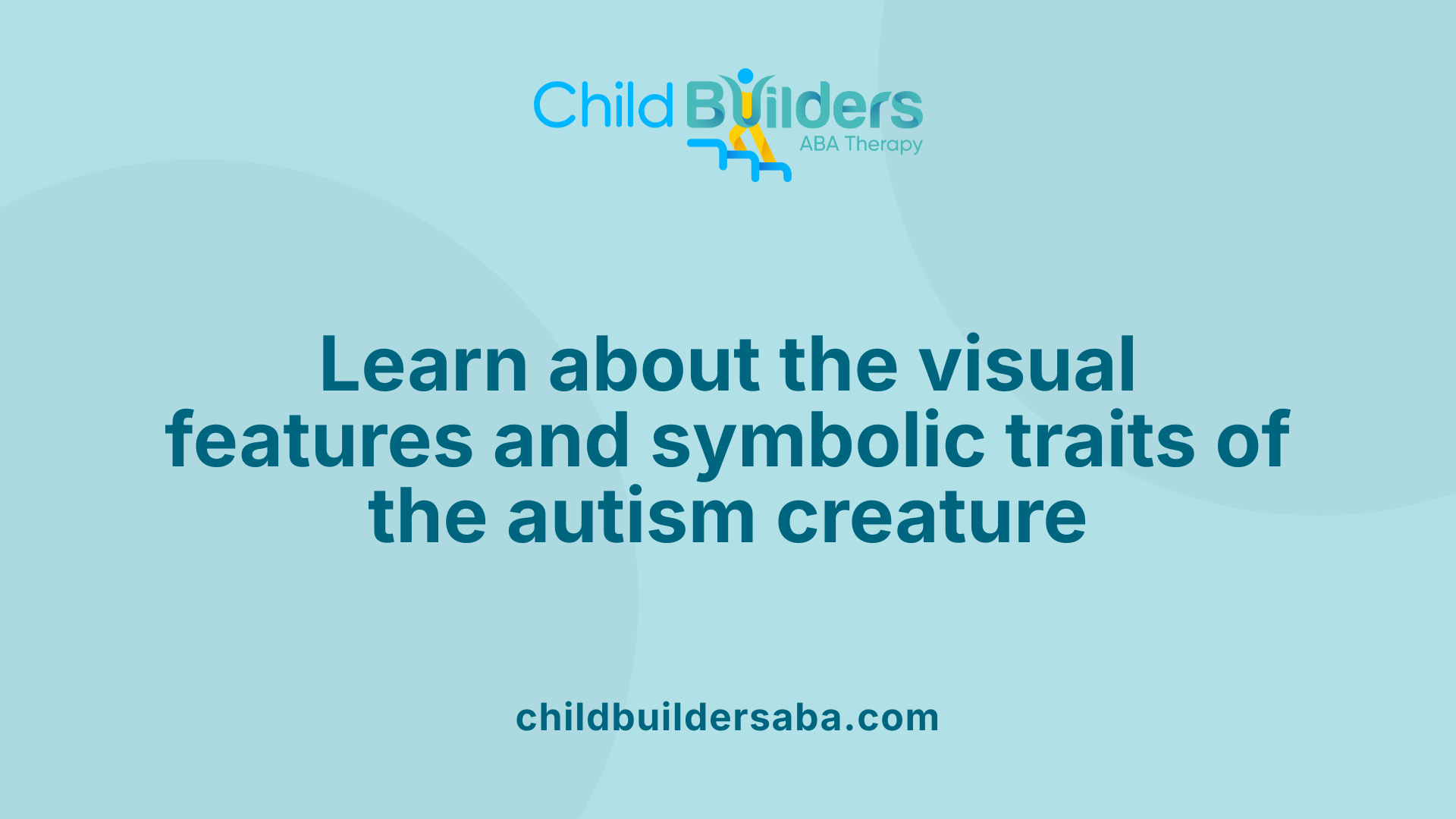
Visual features of the creature
The autism creature, often affectionately called Yippee or Yipee in memes, is visually distinctive. It is depicted as a white, four-legged character with a notably large head relative to its body. The creature has a neutral expression, which can be interpreted as calm or contemplative, and features prominent, large black eyes that give it an expressive yet simple appearance.
This minimalistic design is typically created through MS Paint, emphasizing a straightforward, almost childlike art style. Its simplicity and quirky features make it easily recognizable and lend it an endearing quality among fans.
Symbolic traits reflecting autism spectrum
Beyond its looks, the creature is more than just a visual gag; it has evolved into a symbol of autism and neurodiversity. The creature's traits mirror various aspects of the autism spectrum. Its neutral expression and large eyes can symbolize sensory sensitivities common among autistic individuals, who often experience heightened or diminished sensory input.
The creature’s design and the memes associated with it frequently evoke themes of individuality and introspection. Its simple yet expressive look underscores the diversity found within the autism community, highlighting that every person on the spectrum experiences the world differently.
Some fans attribute personalities to the creature, seeing it as embodying traits such as curiosity, resilience, and perseverance. The creature’s calm demeanor can also symbolize a peaceful acceptance of oneself and the ability to navigate the world from a unique perspective.
Traits associated with the autism creature
The autism creature is often associated with traits that celebrate the diversity of thought and behavior of people on the autism spectrum. It might embody:
- Sensory sensitivities, depicted through its large, expressive eyes.
- Special interests, seen as the creature's connection to playful or niche internet cultures.
- Creativity and individuality, highlighted by its origin in an art style that is simple yet impactful.
- Resilience and perseverance, qualities often admired in the autism community.
Overall, the creature acts as a visual icon of acceptance and understanding. It encourages recognizing the spectrum’s wide range of experiences and highlights the importance of neurodiversity.
| Feature | Description | Significance |
|---|---|---|
| Large Head | Prominent compared to body | Represents how autistic individuals may focus deeply or face sensory overload |
| Neutral Expression | Calm, unexpressive face | Reflects calmness or the tendency to mask emotions |
| Big Black Eyes | Large, round eyes visualizing expressiveness or sensitivity | Symbolize sensory awareness or heightened perception |
| Four Legs | Stable standing posture | Signifies groundedness or stability in identity |
| Overall Simplicity | Minimalist, MS Paint style | Emphasizes authenticity, creativity, and the beauty of simplicity |
Through these traits and characteristics, the autism creature has become more than just a meme. It stands as a symbol of acceptance, diversity, and the rich spectrum of human experiences, reminding us to celebrate neurodiversity with understanding and compassion.
Cultural Significance and Impact within the Autism Community
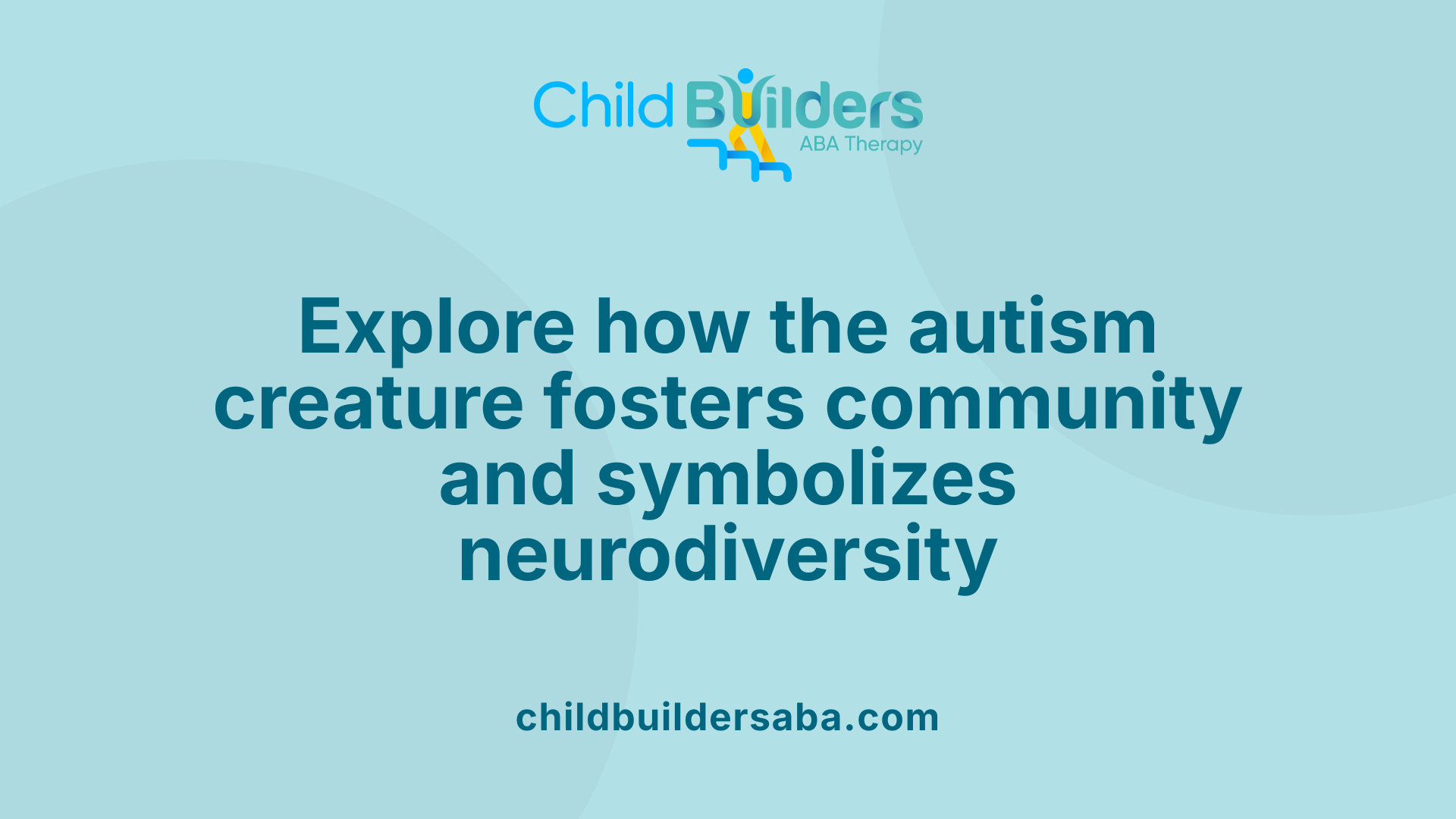
What is the cultural significance of the autism creature within the autism community?
The autism creature, often called TBH/Autism Creature or Yippee, has grown to become a symbol of identity and community for many within the autism world. Its simple yet evocative design—a white, four-legged figure with a large head, neutral expression, and big black eyes—resonates with many individuals who see in it reflections of their own experiences.
Originating from an MS Paint drawing posted on Twitter in January 2021 by user @acmeiku, the creature gained rapid popularity and became a meme. The original post depicted the creature with a caption referencing a gaming session, which added an element of everyday relatability. Moving into early 2022, it spread across Tumblr, inspiring a wide array of fan art and memes. This proliferation helped cement its status as a cultural icon within online communities.
The creature's symbolism is deeply rooted in both mythological and societal perceptions. Historically, beings like changelings, feral children, and extraterrestrials have represented society’s view of those who differ from traditional norms. These figures often embody societal curiosity, fear, or fascination with the
Controversies and Debates Surrounding the Autism Creature’s Representations
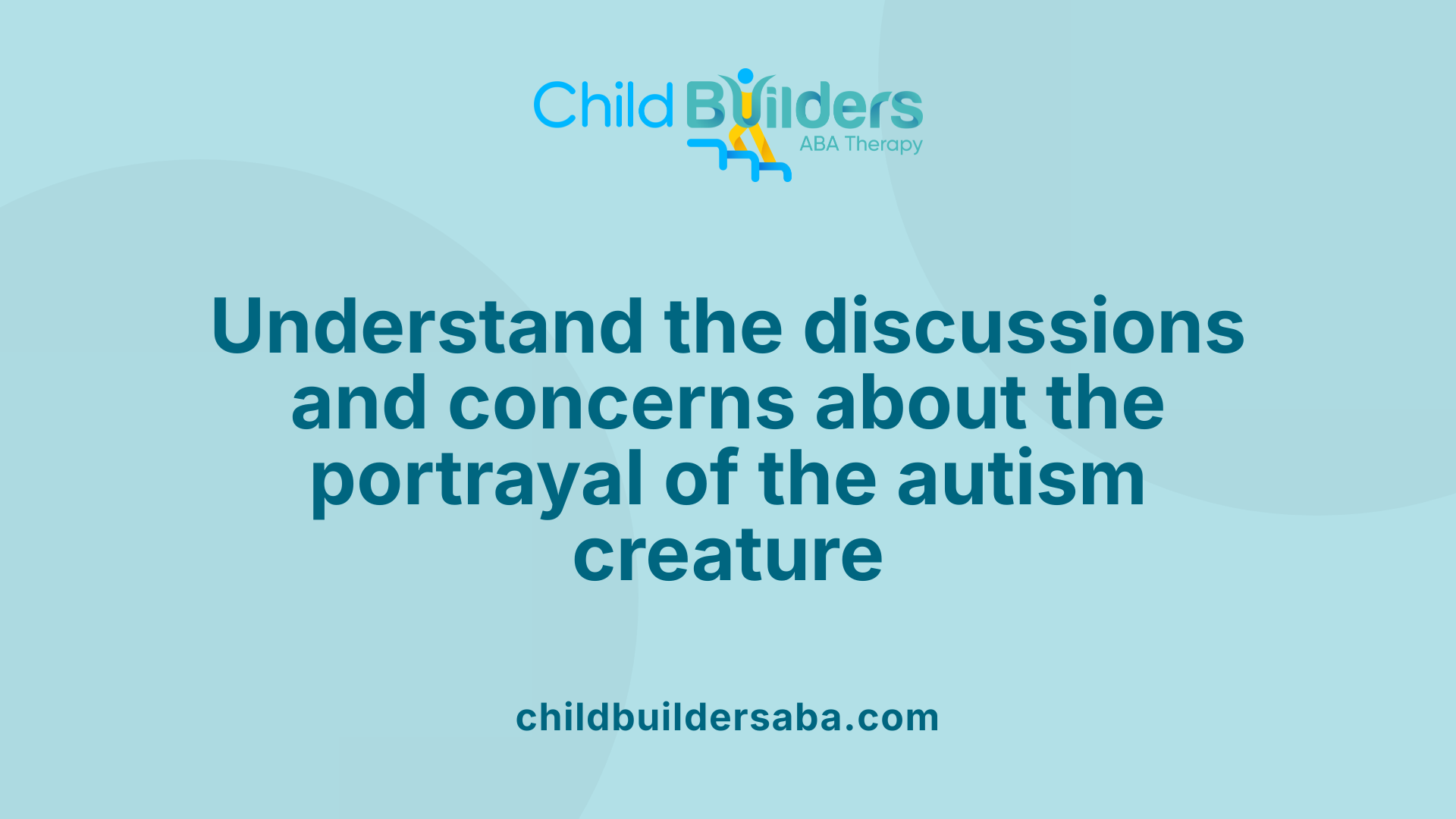
Are there any controversies or debates surrounding the autism creature?
Yes, there are ongoing discussions and debates regarding how the 'autism creature' is portrayed and understood. Since its rise in popularity as an internet meme, some critics express concern that the depiction can sometimes trivialize or oversimplify the realities of autism spectrum disorder (ASD).
The creature, often called Yippee or Yipee, is a simple, cartoonish character with a large head, neutral expression, and big black eyes. While it has gained popularity, especially on platforms like Tumblr in early 2022, critics worry that it might reduce a complex neurodevelopmental condition to a humorous or cute image, losing sight of the diverse experiences of autistic individuals.
A significant part of the controversy revolves around respectfulness and accuracy. Some argue that memes and casual representations can perpetuate stereotypes, such as implying that autism is only about certain behaviors or traits, which doesn't reflect the full spectrum of experiences. There are concerns that such images might reinforce misconceptions or foster misunderstanding among the general public.
Furthermore, the character has been jokingly called the mascot of autism, which some feel could be disrespectful or diminish the seriousness of autism's challenges. While memes often aim for humor or relatability, there's a fine line between lightheartedness and insensitivity.
In summary, the discussions center on how autism is represented visually and culturally. Advocates for autistic individuals emphasize the importance of sensitivity, accuracy, and avoiding trivialization.
Impact on public perception of autism
The way the autism creature is depicted influences how people perceive autism generally. On one hand, the meme can increase visibility and spark conversations about autism, making the topic more approachable for some.
On the other hand, oversimplified or stereotyped images risk creating misconceptions. For example, viewers might associate autism solely with certain visual cues or behaviors depicted in memes, ignoring the diversity within the autism community.
This can lead to misunderstandings, such as believing that autism always looks a certain way or that autistic people share the same traits. It can also affect how autistic individuals are treated, potentially fostering stigma or bias.
Respectfulness and accuracy in depiction
Ensuring respectful and accurate portrayals is crucial. While memes and internet culture often thrive on humor and brevity, they should not undermine the complexity of autism.
Using the meme as a tool for dialogue requires sensitivity. Creators and viewers alike should be aware of the diverse experiences of autistic people and avoid reducing autism to a single image or joke.
Educational efforts, respectful representations, and inclusive conversations help improve public understanding and foster a more accepting attitude.
| Aspect | Concerns | Recommendations |
|---|---|---|
| Representation | Oversimplification and stereotypes | Promote diverse, nuanced portrayals |
| Impact on perceptions | Can reinforce myths or misconceptions | Encourage fact-based understanding |
| Respectfulness | Risk of trivializing real challenges | Always approach with sensitivity and empathy |
Understanding these debates can guide the responsible and respectful sharing of memes like the autism creature, ensuring they foster awareness without perpetuating harm.
The Internet Meme and Cultural Impact of the Autism Creature
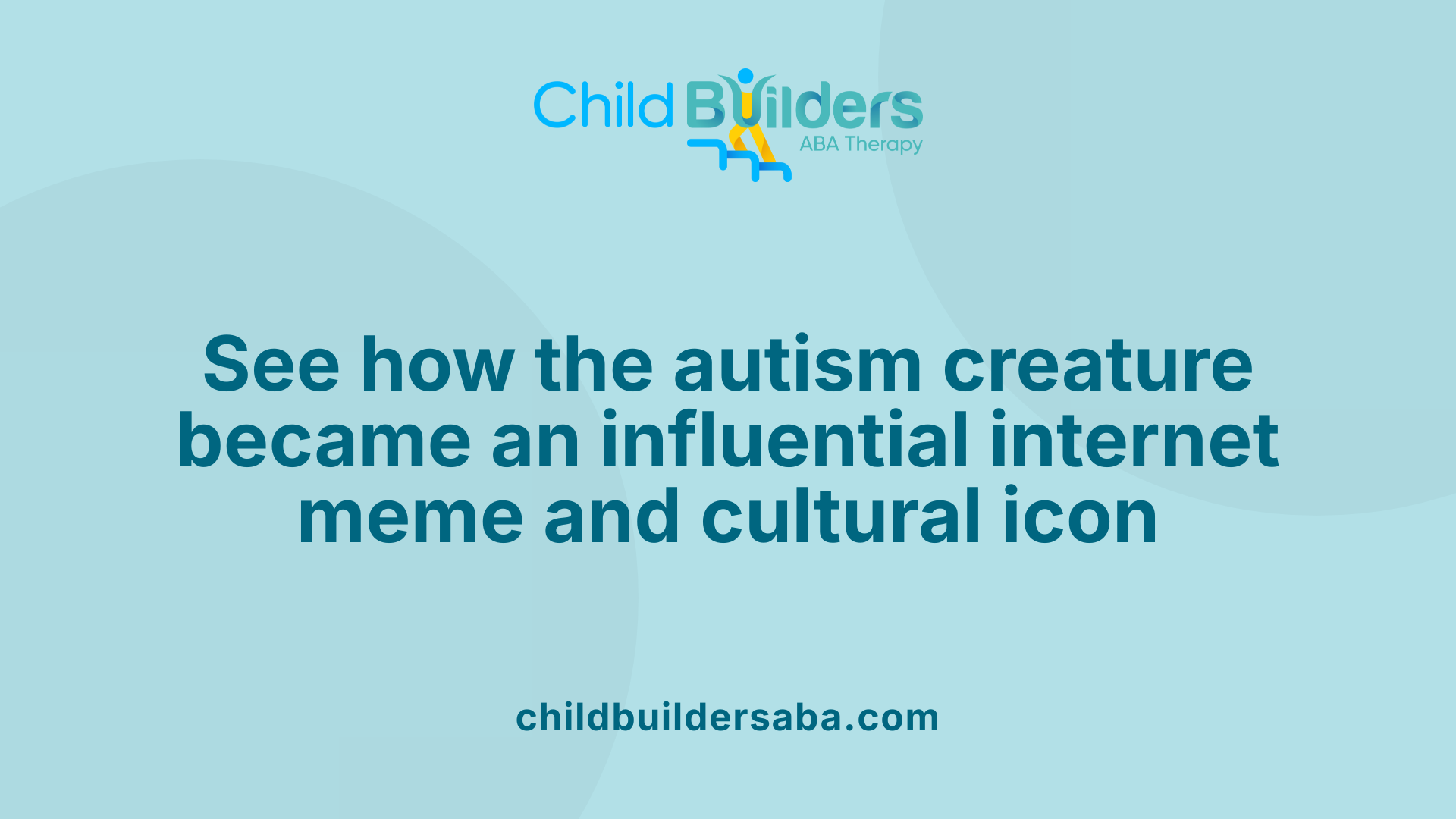
How is the autism creature perceived as an internet meme or cultural symbol?
The autism creature, often called the TBH or Yippee creature, has become a notable fixture in digital culture, especially within online communities centered around autism awareness and neurodiversity. As an internet meme, it is generally seen as a positive and relatable symbol that embodies honesty, authenticity, and a sense of internal truth. Its simple, hand-drawn style, featuring a white, four-legged creature with a large head, big black eyes, and a neutral expression, offers an accessible and inclusive representation.
This creature acts as a blank canvas for expressing myriad internal experiences, from hyperfixation and stimming to social anxiety. Its neutral facial expression makes it adaptable for many contexts, allowing users to insert it into various scenarios that mirror their own emotional states, thus fostering empathy and understanding among viewers.
Originating from a January 2021 Twitter post by user @acmeiku, the creature quickly transcended its initial context. The Twitter post captioned, “I'm playing Identity V, fancy a game?” marked the creature’s debut. Its popularity surged on Tumblr in early 2022, where fan art and memes proliferated. This rapid growth highlights how organic and community-driven the meme’s spread was, with many creatives customizing or referencing the character in other popular games like “Among Us” or Minecraft.
Within the community, the creature is sometimes jokingly called the mascot of autism, and terms like “Yippee” or “Yipee” are used, reflecting the light-hearted and approachable nature of the meme.
While many individuals with autism see the creature as a positive cultural symbol representing their experiences, opinions differ. Some might not relate to it or may not find it particularly meaningful. This variability underscores the diversity within the autism community, where individuals’ perceptions of symbols and memes can differ widely.
Overall, the TBH/Yippee creature functions less as a mere meme and more as a cultural icon that promotes awareness, acceptance, and community bonding. Its simplicity and adaptability have helped it become a recognizable emblem, inspiring conversations about neurodiversity and encouraging greater empathy across different audiences.
| Aspect | Details | Additional Context |
|---|---|---|
| Origin | First posted on Twitter in January 2021 | User @acmeiku’s drawing |
| Popularity | Gained momentum on Tumblr in early 2022 | Fan art, memes, cultural references |
| Representation | Seen as a mascot for autism | Symbolizes honesty, authenticity |
| Cultural role | Promotes awareness and acceptance | Used across social media and memes |
| Perception | Varies among individuals | Some relate deeply, others less so |
| Variability | Adoption and interpretation differ | Reflects diversity within the neurodiverse community |
| Related memes and references | Used in “Among Us,” Minecraft | Enhances cultural reach |
The creature’s influence illustrates how simple, community-driven imagery can resonate deeply, becoming a vessel for personal expression, social commentary, and cultural solidarity.
Educational and Awareness-Raising Uses of the Autism Creature
How does the autism creature raise awareness and educate people about autism and neurodiversity?
The Autism Creature has emerged as a valuable symbol in efforts to increase awareness and deepen understanding of autism and neurodiversity. Its simple yet expressive form — a white, four-legged creature with a large head, neutral facial expression, and big black eyes — allows for versatile use in various communication contexts. Originally created by an anonymous artist on Twitter in January 2021, the creature quickly gained popularity, especially on social media platforms like Tumblr in early 2022.
The creature’s design is intentionally neutral, making it adaptable across different messages and campaigns. This neutrality helps individuals and organizations promote acceptance without reinforcing stereotypes or negative connotations often associated with autism. Its approachable appearance encourages a respectful and empathetic dialogue about neurodivergent experiences.
In social media campaigns, the Autism Creature is often featured alongside messages that celebrate the talents, challenges, and diversity of autistic individuals. Its use in memes and fan art creates an accessible way for both neurotypical audiences and autistic communities to connect and share stories. For example, the original Twitter post showed a creature with the caption, 'I'm playing Identity V, fancy a game?' the playful tone helping to lower barriers for conversations about identity and neurodiversity.
Organizations dedicated to autism education and awareness, such as Odyssey Online Learning, have adopted the Autism Creature as a mascot for their initiatives. They incorporate it into educational content, workshops, and community events aimed at children and families. These efforts often include autism-friendly activities, visual resources, and storytelling that highlight personal strengths and talents of autistic individuals.
Beyond social media and educational programs, the creature’s simple depiction is used to facilitate discussions around neurodiversity. It serves as a visual anchor that symbolizes understanding, acceptance, and normalization of autism. This helps dispel misconceptions, reduce stigma, and promote a positive view of neurodivergent people.
Furthermore, the creature’s popularity fosters a sense of community among fans and advocates. Shared appreciation for the meme helps build a collective voice that advocates for better inclusion policies and increased societal awareness. Its presence across online spaces encourages ongoing conversations about respecting difference and celebrating diversity.
In summary, the Autism Creature exemplifies how a simple, relatable image can be leveraged to educate the public, facilitate dialogue, and promote acceptance of autism and neurodiversity. Through campaigns, social media, and educational initiatives, it plays an important role in creating a more understanding and inclusive society.
| Use Cases | Description | Benefits |
|---|---|---|
| Social media campaigns | Memes and posts featuring the creature to promote autism awareness | Broad reach, engaging content |
| Educational materials | Inclusion in resources for schools and programs | Enhances understanding and acceptance |
| Events and activities | Autism-friendly events using the creature as mascot | Encourages community participation |
| Advocacy and policy | Symbols in advocacy efforts to promote neurodiversity | Influences policy making |
Through these diverse applications, the Autism Creature helps normalize autism and fosters a culture of acceptance and respect.
Celebrating Neurodiversity Through Digital Symbols
The Autism Creature exemplifies how digital symbols can foster empathy, understanding, and community among neurodiverse populations. Its journey from a simple MS Paint drawing to a widespread internet meme highlights the power of online culture in shaping perceptions and promoting acceptance. While it is rooted in humor and relatability, its deeper significance lies in its role as a positive, inclusive emblem that champions the varied and vibrant experiences of autistic individuals. As awareness continues to grow, such symbols help bridge gaps, challenge stereotypes, and inspire pride within the autism community, proving that even the simplest images can carry profound meaning.
References
- TBH / Autism Creature / Yippee - Know Your Meme
- From changelings to extraterrestrials: Depictions of autism in ...
- What is The Autism Creature (TBH): History And Characteristics
- Symbols - A Beginner's Guide to Autism
- What Is the Autism Creature
- Odyssey Online Learning Celebrates Autism Awareness Month
- Autism - Sesame Workshop
- Virtual interactive autism activities











